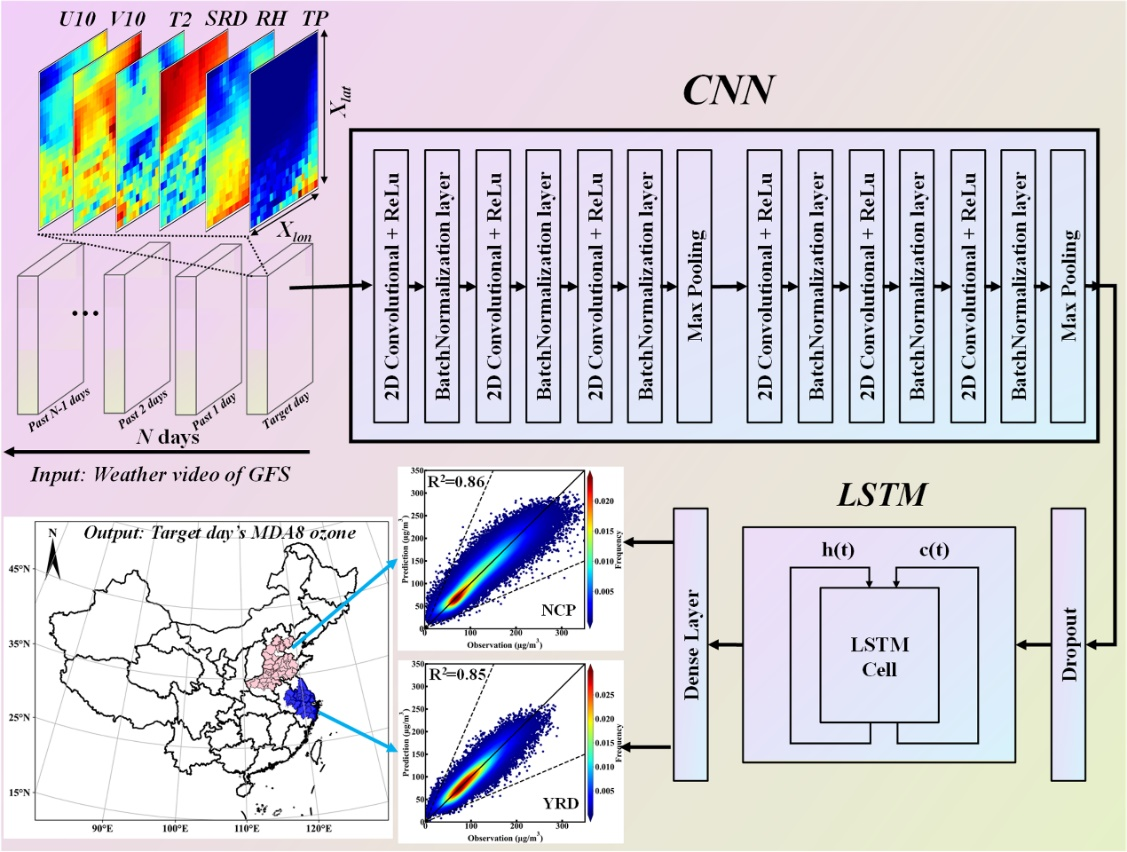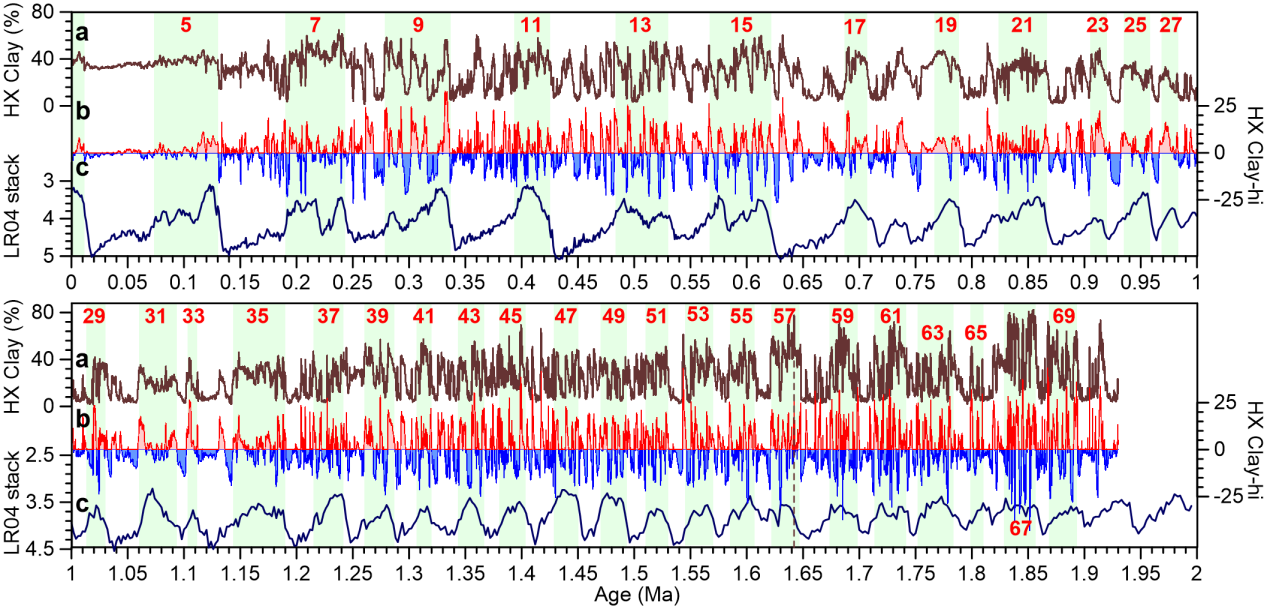2025-06-09 中国科学院(CAS)
<関連情報>
- https://english.cas.cn/newsroom/research_news/life/202506/t20250610_1045358.shtml
- https://enveurope.springeropen.com/articles/10.1186/s12302-025-01128-3
改質バイオ炭が土壌のリン分画および生化学的特性に及ぼす影響 Impact of modified biochar on phosphorus fractionation and biochemical properties for different soils
Muhammad Numan Khan,Jing Huang,Asad Shah,Hao Xiaoyu,Tianfu Han,Avelino Núñez-Delgado,Nafiu Garba Hayatu,Imtiaz Ahmed,Wenjie Liu,Ashutosh Kumar Singh,Xiai Zhu & Huimin Zhang
Environmental Sciences Europe Published:01 June 2025
DOI:https://doi.org/10.1186/s12302-025-01128-3

Abstract
Modified (metal oxide) biochar is widely used for the remediation of degraded soils, but there has been limited research work on its effect on phosphorus fractionation and biochemical properties under different soil conditions. Therefore, this study examined the effects of a nonmodified wheat straw biochar (WBC) and a magnesium-modified wheat straw biochar (Mg-WBC) on phosphorus fractions, soil chemical properties, enzyme activity and microbial biomass in Qiyang (QY) and Harbin (HAR) soils. The study included a control, two WBC doses (1 and 2.5% w/w), and two Mg-WBC levels (1 and 2.5% w/w). The results revealed that WBC and Mg-WBC significantly improved soil characteristics. Alkaline phosphatase and catalase activities were significantly enhanced, while acidic phosphatase after an increase at 1% dose then decreased at 2.5% dose with both biochars. Both microbial biomass carbon and phosphorus showed significant increases when QY and HAR soil received 2.5% dose of biochar. Labile-P significantly increased by 28–77% and 15–47% in QY and HAR soil, respectively, for each of the two levels of WBC and Mg-WBC amendments. The concentrations of moderately-labile-P decreased (2–3% and 3–6%, in QY and HAR soil, respectively) at 1% rate, while increased (9–11%, and 3–6%, in QY and HAR soil, respectively) at the 2.5% rate of both types of biochar. However, the nonlabile-P decreased by 27–38% and 15–35% in QY and HAR soil, respectively. Mantel’s test showed a stronger effect for soil organic carbon in the QY soil, while available phosphorus and microbial biomass carbon were more affected in the HAR soil. The partial least square path model (PLS-PM) analysis showed a better effect of biochar on acidic soil, and Mg-WBC significantly improved P availability in both soils. Our findings suggest that Mg-modified biochar would be an appropriate strategy for improving soil fertility, P-availability in labile and moderately labile forms, with specific recommendations for their use in different soil conditions.



